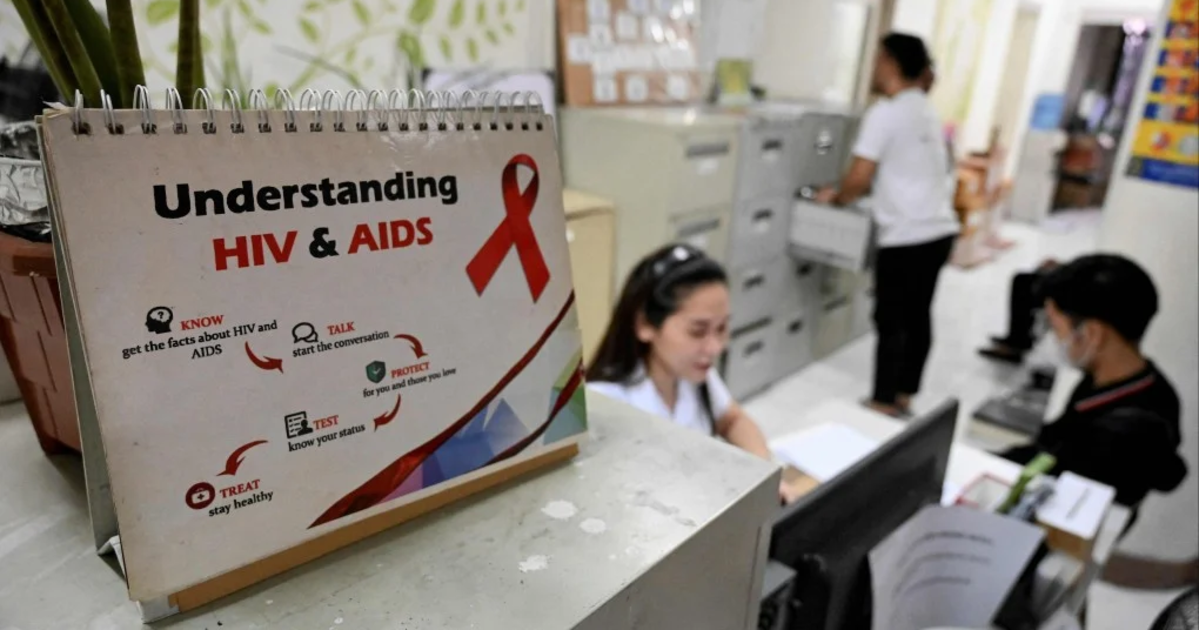Manila, Philippines – July 8, 2025 —
The Joint United Nations Programme on HIV/AIDS (UNAIDS) has expressed serious concern over the rapid rise in HIV cases in the Philippines, calling it the fastest-growing epidemic in the Asia-Pacific region. According to UNAIDS data, the country has seen a staggering 543% increase in HIV infections since 2010.
While neighboring countries in the region report declining or stable numbers, the Philippines is witnessing a sharp upward trend. The Department of Health (DOH) estimates that over 139,000 individuals in the country are currently living with HIV—a figure projected to reach 252,000 by the end of 2025.
Health Secretary Teodoro Herbosa revealed that nearly half of the new infections are among young people aged 15 to 24. Most cases are linked to same-sex relationships, unprotected sex, and encounters arranged through dating applications.
Experts attribute the surge to several factors: insufficient sex education, cultural and religious stigma, and fear of discrimination. These barriers prevent many from seeking testing and treatment, especially among the youth, who often hide their condition from their families.
In June, the Department of Health recommended declaring HIV a national public health emergency to accelerate the government’s response. However, as of this writing, there has been no official response from the Office of the President.
Despite the availability of free HIV testing and treatment services from government agencies and non-governmental organizations like LoveYourself, the country’s testing and treatment uptake remains critically low.
To address the crisis, experts are urging the government to strengthen comprehensive sex education, improve access to condoms and pre-exposure prophylaxis (PrEP), and actively combat the stigma associated with HIV.
The DOH is currently working with the Department of Education (DepEd) to integrate peer counseling and updated instructional materials in schools in hopes of reaching more young Filipinos with accurate information and support.



